The following answer will tell you the idle performance of the $digest loop, ie., the performance of digest when none of your watch expressions change. This is helpful if your application seems sluggish even when the view isn't changing. For more complex situations, see aet's answer.
Type the following into the console:
angular.element(document).injector().invoke(function($rootScope) {
var a = performance.now();
$rootScope.$apply();
console.log(performance.now()-a);
})
The result will give you the duration of the digest cycle, in milliseconds. The smaller the number, the better.
NOTE:
Domi noted in the comments:
angular.element(document) will not yield much if you used the ng-app directive for initialization. In that case, get the ng-app element instead. E.g. by doing angular.element('#ng-app')
You can also try:
angular.element(document.querySelector('[ng-app]')).injector().invoke(function($rootScope) {
var a = performance.now();
$rootScope.$apply();
console.log(performance.now()-a);
})





